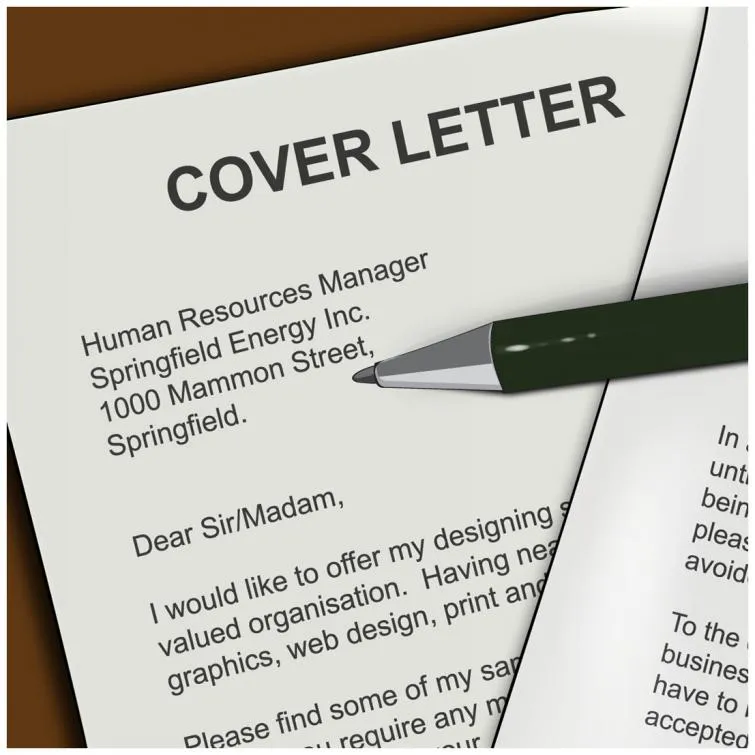Cover Letter: Why it Matters
In today’s competitive job market, a well-crafted cover letter is more than just a formality; it’s your first impression. It’s your opportunity to introduce yourself, showcase your personality, and explain why you’re the perfect fit for the role. Unlike a resume, which provides a factual overview of your experience, a cover letter allows you to tell a story. This story should highlight your enthusiasm for the position and the company, while also demonstrating your understanding of their needs. It provides context to your resume, elaborating on your skills and achievements in a way that a bulleted list simply cannot. A strong cover letter can significantly increase your chances of securing an interview, setting you apart from other applicants who may have similar qualifications. It demonstrates your communication skills and attention to detail, essential qualities that employers seek.
Highlighting Your Skills and Experience
Your cover letter is where you connect your skills and experience directly to the job requirements. Instead of merely listing your responsibilities, focus on the accomplishments and results you’ve achieved. Use action verbs to describe your past experiences, quantifying your achievements whenever possible. For example, instead of writing “Managed social media accounts,” write “Increased social media engagement by 40% within six months by implementing targeted content strategies.” This demonstrates your ability to deliver results. Review the job description carefully and identify the key skills and qualifications the employer is seeking. Then, select the most relevant examples from your background to illustrate how you meet those requirements. Be specific and provide concrete examples; generic statements will not capture the employer’s attention. Mention any certifications, awards, or special projects relevant to the role. This helps to show a direct correlation between your abilities and the demands of the role.
Tailoring Your Cover Letter
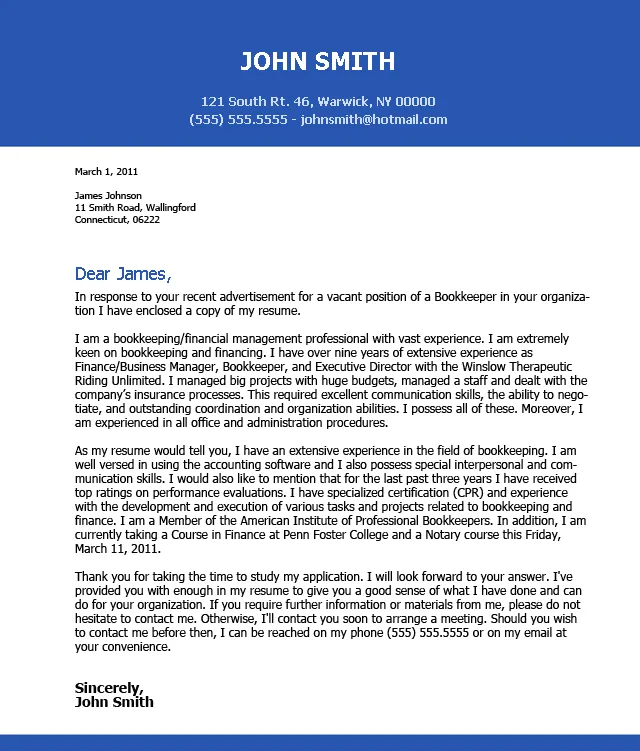
One of the biggest mistakes job seekers make is sending out generic cover letters. Each cover letter should be tailored to the specific job and company you are applying for. Start by thoroughly researching the company to understand its values, mission, and recent developments. Demonstrate this understanding by referencing specific projects, initiatives, or news items related to the company. Then, customize your cover letter to align with the job description. Use the same keywords and phrases that are used in the job posting to show that you understand the role’s requirements. Explain how your skills and experiences specifically match what the employer is looking for, and avoid using a one-size-fits-all template. Instead, create a new letter each time. This shows that you have taken the time to understand the opportunity and have a genuine interest in the position. Personalization is key, as it helps to show that you see this specific role as the right one for you.
Researching the Company
Before writing your cover letter, dedicate time to researching the company you are applying to. Visit the company’s website, read its “About Us” page, and explore its social media presence. Look for information on its mission, values, recent projects, and any news related to the industry. This research allows you to demonstrate your interest in the company and understand its needs. This helps to show that you have a genuine interest in the company and its mission. When writing your cover letter, incorporate specific details about the company to show that you understand its business. Mentioning a recent project, product launch, or company initiative will show your attention to detail and initiative. You can also research the hiring manager or team you would be working with. If possible, find out their names and titles, and address your cover letter to the appropriate person. This shows you’ve gone the extra mile in getting to know the company.
Showcasing Your Achievements
Instead of simply listing your job duties, focus on showcasing your achievements and the positive impact you made in previous roles. Use the STAR method (Situation, Task, Action, Result) to structure your examples. Start by describing the situation you were in, the task you were assigned, the action you took, and the measurable result you achieved. This structure provides a clear and concise way to highlight your accomplishments. Quantify your achievements whenever possible. For example, “Increased sales by 15% in Q2” is more impactful than “Improved sales.” Use data, statistics, and specific examples to back up your claims. Showcase how you have used your skills and knowledge to solve problems, improve processes, or drive growth. Tailor your examples to align with the requirements of the job you are applying for, showcasing the achievements that are most relevant to the role. Make sure your achievements are relevant to the job description and highlight the skills and qualifications the employer is seeking.
Formatting and Structure
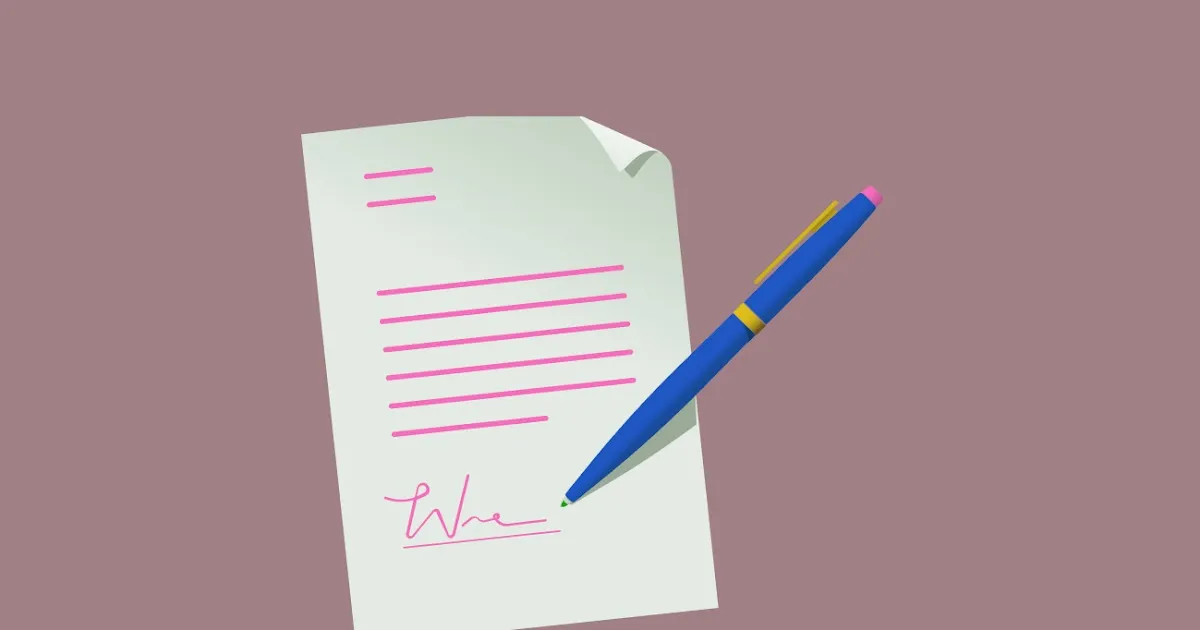
A well-formatted and structured cover letter is easy to read and leaves a positive impression. Use a professional and clean font, such as Arial, Calibri, or Times New Roman. Maintain consistent formatting throughout the document, including font size, line spacing, and paragraph alignment. Aim for a concise length; your cover letter should typically be no more than one page. The standard structure includes an introductory paragraph, a few body paragraphs, and a closing paragraph. Begin with your contact information and the date at the top, followed by the recipient’s information. Then, address the hiring manager by name, if possible. Use clear and concise language, and avoid jargon or overly complex sentences. Proofread your cover letter carefully for any grammatical errors or typos. A well-formatted cover letter demonstrates your attention to detail and professionalism, qualities employers value.
Writing a Compelling Opening
The opening paragraph of your cover letter is crucial, as it sets the tone for the entire document. It should immediately grab the reader’s attention and make them want to continue reading. Avoid generic openings, such as “I am writing to express my interest…” Instead, start with a strong statement that highlights your enthusiasm for the position and the company. Consider mentioning how you learned about the opportunity, and reference any mutual contacts you may have. You could also start with a brief summary of your relevant experience or an accomplishment that directly relates to the job. Clearly state the position you are applying for and where you saw the job posting. The goal is to pique the reader’s interest from the start, encouraging them to learn more about you. It is essential to create a great first impression by showing that you have taken the time to learn about the company and are genuinely interested in the position.
Structuring the Body of the Cover Letter
The body of your cover letter is where you expand on your skills, experience, and accomplishments. Divide the body into a few well-organized paragraphs, each focusing on a specific aspect of your qualifications. Use the first body paragraph to highlight your most relevant skills and experiences that align with the job requirements. Provide specific examples and quantify your achievements whenever possible. In the following paragraphs, elaborate on your skills and experiences that are most relevant to the role. You could, for instance, explain how your problem-solving skills or leadership experiences have contributed to previous employers. Ensure each paragraph has a clear topic sentence and supports it with detailed examples and evidence. Emphasize how your abilities and experiences will benefit the company. Keep your language clear, concise, and engaging, while avoiding unnecessary jargon or overly complex sentences. This section is your chance to illustrate why you are the perfect candidate.
Creating a Strong Closing
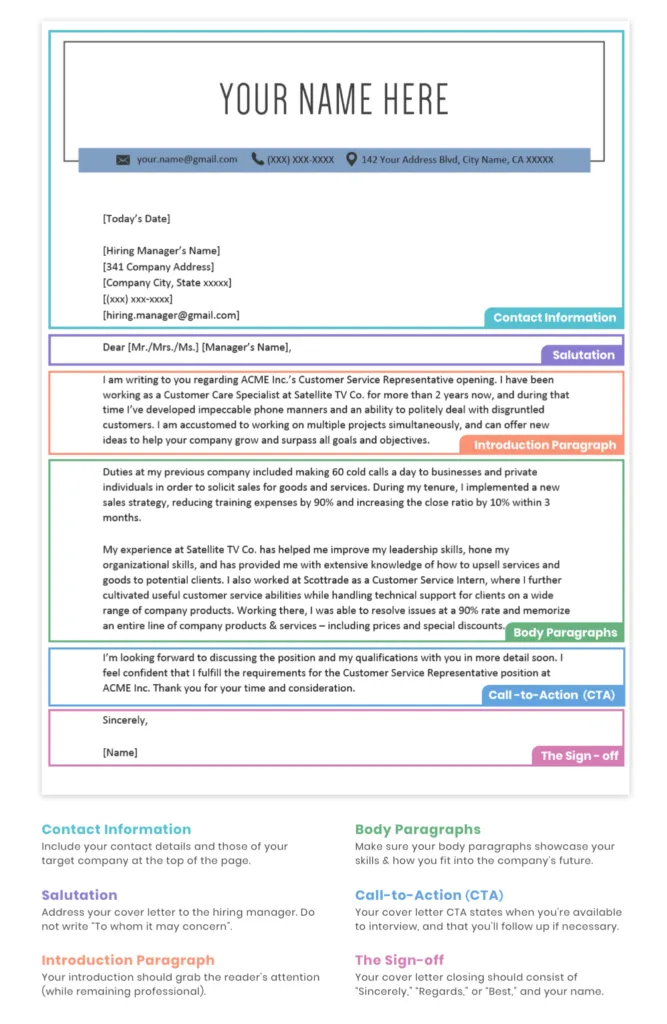
The closing paragraph should leave a lasting impression. Express your enthusiasm for the opportunity and reiterate your interest in the position. Restate your key qualifications in a concise and compelling way. Avoid simply restating your resume; instead, highlight the unique value you bring to the company. Include a call to action, such as expressing your willingness to discuss your qualifications further in an interview or providing your contact information. Thank the hiring manager for their time and consideration. Be sure to sign off professionally, such as “Sincerely” or “Best regards,” followed by your name. The closing is your final chance to make a positive impact and express your eagerness for the role.
Proofreading and Editing
Before submitting your cover letter, proofread it carefully for any errors. Spelling and grammatical errors can create a negative impression and may lead to your application being rejected. Check for typos, incorrect word choices, and sentence structure issues. Read your cover letter aloud to help catch any awkward phrasing or inconsistencies. Ask a friend, family member, or career counselor to review your cover letter for clarity and accuracy. Fresh eyes can often spot errors you may have missed. Ensure the formatting is consistent throughout the document and that the layout is visually appealing. Make sure your contact information is accurate and up to date. A polished cover letter demonstrates attention to detail and professionalism, which are highly valued by employers.
Cover Letter Tips Formatting
Formatting your cover letter correctly is essential for creating a professional and readable document. Start with a professional font like Arial, Calibri, or Times New Roman, and use a font size between 10 and 12 points. Use consistent spacing throughout the document; single spacing within paragraphs and double spacing between paragraphs is a good rule. Make sure your margins are standard (1 inch on all sides), and align your text to the left for easy readability. Include your contact information at the top, followed by the date and the hiring manager’s information. Keep the letter concise, typically one page maximum. Avoid using distracting design elements or excessive formatting. A clean, well-organized cover letter reflects your attention to detail and professionalism.
Cover Letter Tips Tone
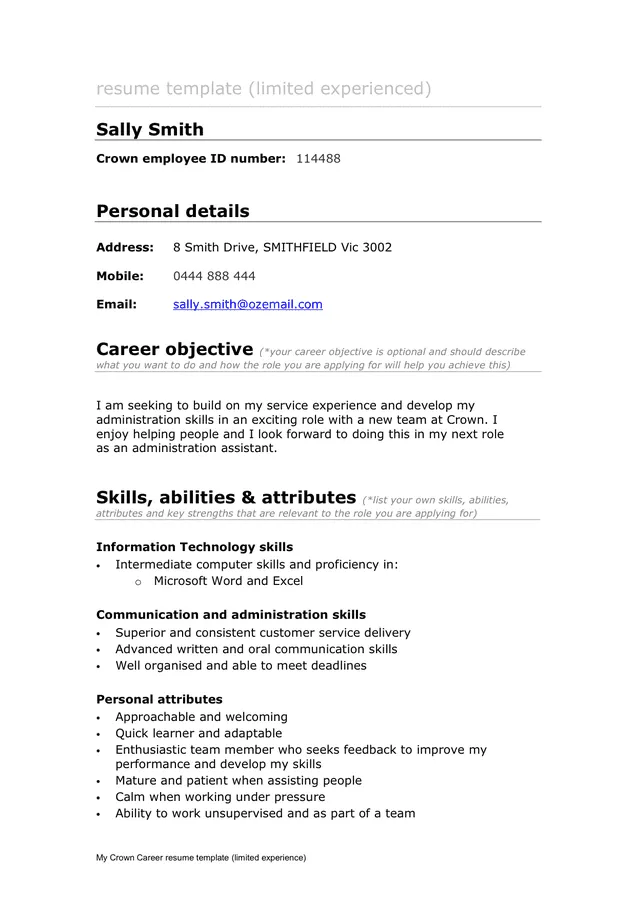
The tone of your cover letter should be professional and enthusiastic. Use a positive and confident tone, but avoid sounding arrogant or overly assertive. Focus on what you can offer the employer and how your skills and experience align with the job requirements. Use active voice and action verbs to describe your accomplishments and responsibilities. Tailor your tone to match the company’s culture and the industry. Research the company’s brand voice and communication style, and try to mirror it in your cover letter. Maintain a professional and respectful tone throughout the letter. Proofread carefully to eliminate any potential errors or misinterpretations. A well-crafted cover letter with the right tone will help you make a strong impression and increase your chances of getting an interview.
